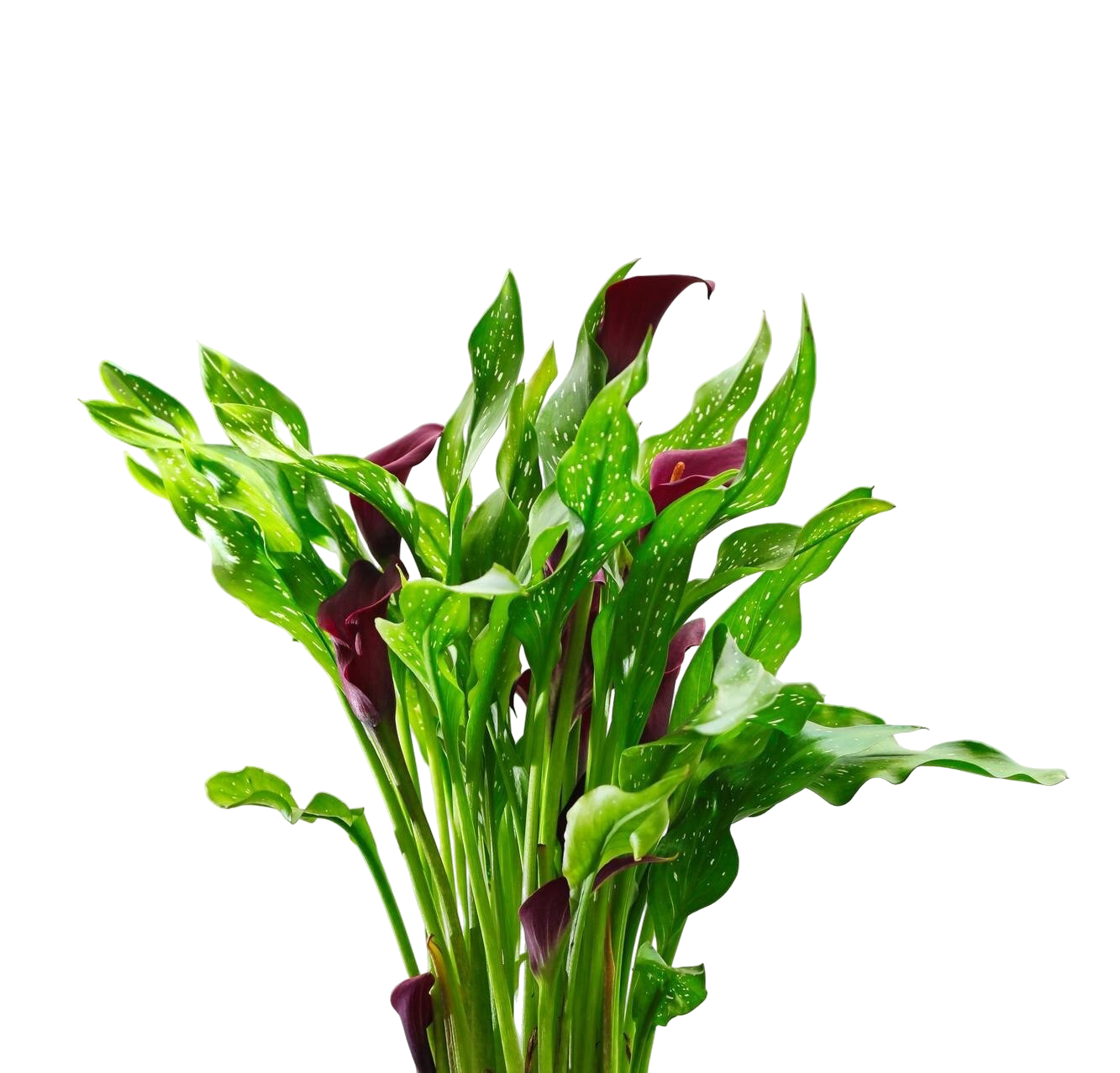Vaca
Home
Vaca
Vaca

BOTANICAL NAME
Acorus calamus

FAMILY
Araceae

SANSKRIT NAME
Ugra gandha, golomi, sadgrandha

HINDI
Vacha

ENGLISH
Sweet flag

KANNADA
Baje

MALAYALAM
Vayambu

TAMIL
Vasambu

TELUGU
Vasa

MARATHI
Kankala, Chabchini, Miravele Vekhand
DISTRIBUTION

Cultivated in wet places in India.
Rhizome
Churna: 125-500mg
CHEMICAL CONSTITUENTS
Acolamone, acorenone, acoramone, acorone, azulene, cadalene, calacorene, calamine, calamenole, calamone, eugenol, acoric acid etc

AYURVEDIC PROPERTIES
QUALITY (GUNA)
Laghu, Tikshna
TASTE (RASA)
Katu, Tikta
METABOLISM (VIPAKA)
Katu
POTENCY (VIRYA)
Ushna
IMPACT (PRABHAVA)
Lekhaniya, Medhya
PHARMACOLOGICAL ACTION
Hypotensive: this action helps in curing blood pressure related problems.
Its anticulvulsant action helps in curing epilepsy.
Carcinogenic property helps in curing different kinds of malignant and benign growths in the body.
It is an insecticidal so the fumes of the rhizome helps in warding off the insects and certain rodents from houses.
Antimicrobial and antibacterial property helps in preventinf inflammations and certain infections in the body.
THERAPEUTIC USES
Amlapitha: vaca powder is taken with honey and jaggery.
Apasmara: vaca powder should be taken with honey and ghee for 3 days with milk as anupana.
Sopha and vrddhi: the paste of vaca and sarsapa may be applied locally.
Vocal improvement: paste of vaca will be applied on tongue and swallowed to improve voice in kids.
Combination of vacha, shankhapushpi and brahmi with honey is very much helpful in epilepsy and mental retardation.
A pinch of vacha with a glass of warm water helps in digestive disorders like intestinal worms, flatulence and indigestion etc.
SOME OF THE COMMON FORMULATIONS
- Vacadi churna
- Vacadi ghrita
- Bala chaturbhadra churna
- Vacavalehya
